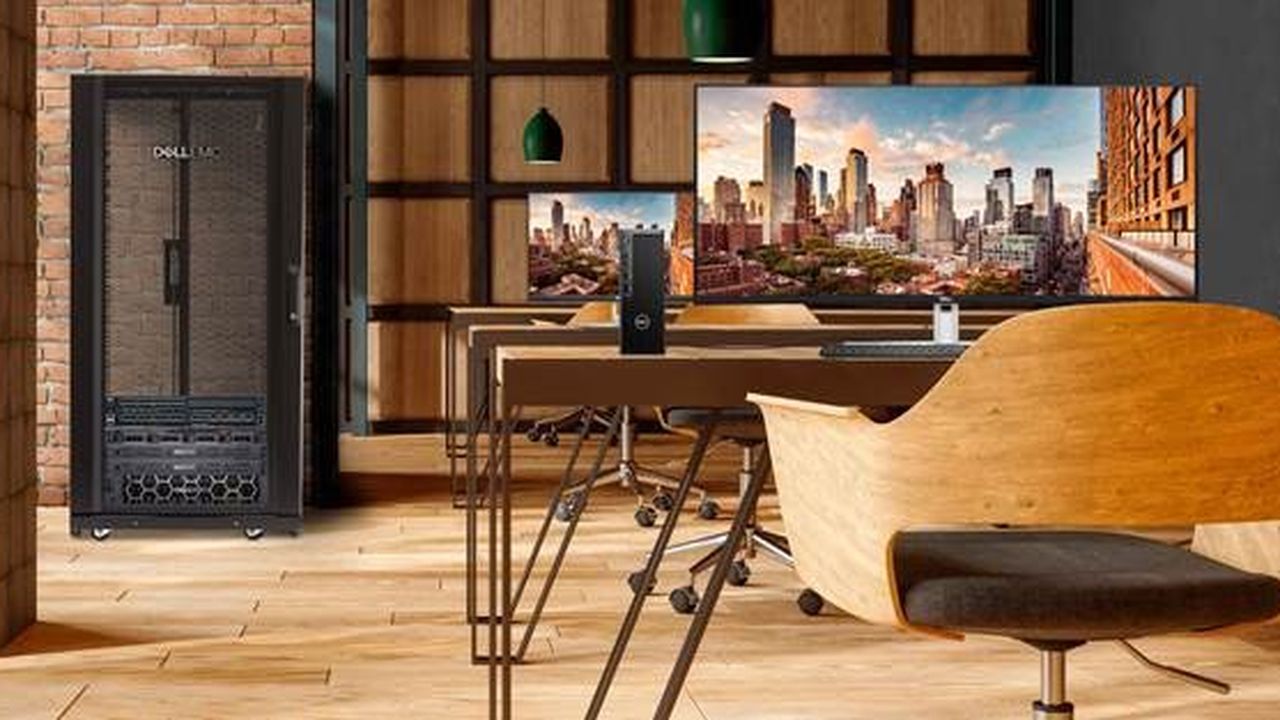For very small businesses: a storage and backup server
In very small companies, IT responsibility falls to the leader, the most tech-savvy on the team, or an experienced service provider. The applications used are not very resource intensive and the small size of the structure makes it possible to collaborate without having to really centralize the data. Most TPEs will find their happiness with a common server, no larger than a computer tower, to store and share data on a daily basis. It will ideally be accompanied by a second backup server, to prevent any risk of cyber attacks or restore data in the event of loss. For the teleworker who is not equipped with a laptop and would use his own computer remotely, Microsoft’s “remote desktop” solution can replicate the display of a computer left at his desk. A good way to access your computer anywhere and anytime and avoid duplicating your work documents.
For SMEs: redundancy and robust servers
With the increase in staff, IT infrastructures must support a significant and simultaneous workload. SMEs are often in phases of growth and must project their organization into the future. The chosen infrastructure must be flexible to support the development of the company, however rapid. For these fast-growing companies, increasing server capacity (both in terms of storage and connection speed) will allow employees to accomplish their tasks without slowing them down. To avoid work interruptions due to a computer failure, the redundancy of servers is appropriate. Concretely, the data is replicated simultaneously in different servers. If one of them is down, the other takes over immediately. For teleworking, the use of more robust software for accessing a remote computer, such as VMware Horizon, seems more appropriate.
For mid-sized companies: hyper-convergence
This time, the company is turning into an organization requiring infrastructures that are as agile as they are robust. For these companies, hyper-convergenceis an ideal solution. It brings together servers, storage and network devices into a single platform that manages all of these resources from the same interface. This is ideal for simplifying the day-to-day management of information systems. Dell Technologies is particularly recognized for its ready-to-use hyperconverged platforms. Their management software facilitates and accelerates their deployment. The second advantage is their scalability. New capabilities can be easily deployed to support business growth. Hyperconvergence is the ideal architecture for companies looking for efficiency and effectiveness in their IT organization.
Dell Technologies offers a variety of solutions tailored to the size and needs of each business. By assembling reference hardware and software in tailor-made packages, companies can access turnkey infrastructures that meet the needs of file sharing, storage, backup or even desktop virtualization.
–

